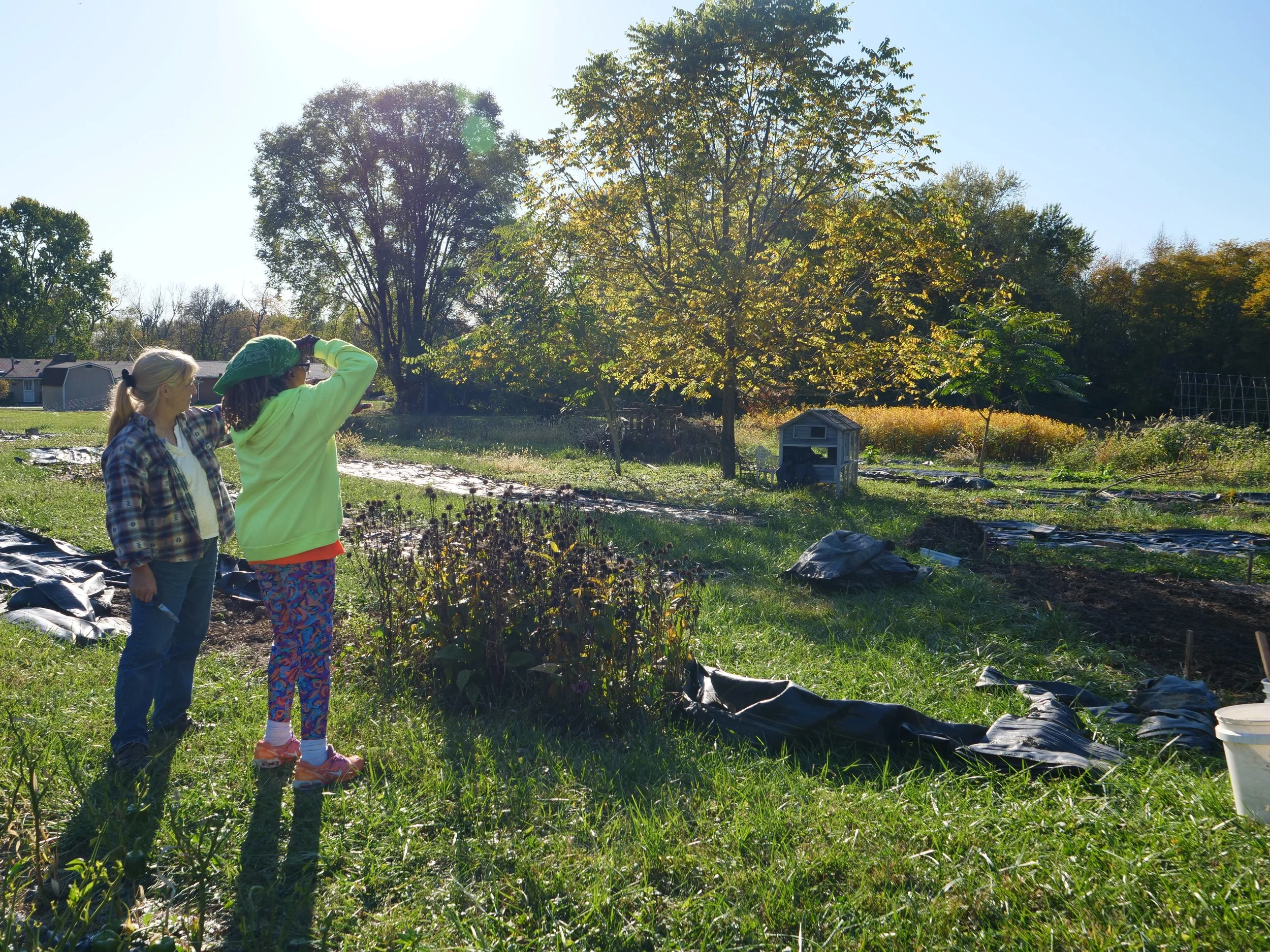

Our Blog
Take a walk on the land beside a member of Agraria staff! Our blog offers a mix of ecological learning, personal and poetic reflection, and lively storytelling around projects and happenings at Agraria, all written by staff contributors.
Search our blog
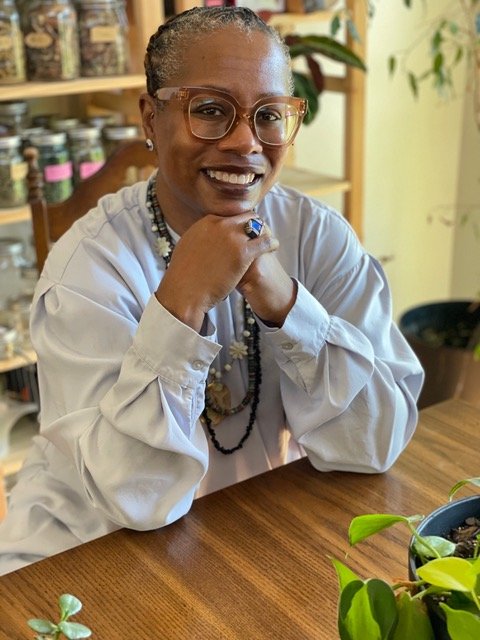
And What of the Soil?
When my ancestors first had the notion of seeking freedom from the brutality of enslavement, preferring the mosquito and poisonous snake-infested waters of the swamps to which they fled, to the overseer’s whip, some of the women braided seeds into their hair to take with them on the harrowing journey. According to the stories often passed down generationally, hair was parted into carefully crafted rows of plaits, seeds were secretly placed along the rows next to the scalp, and then concealed with thick, kinky, or natural hair that when braided, covered the seeds like soil. Many of these migrating seeds planted along the carefully parted rows of hair, grew to become plants — food and the herbal medicine — that maroons, formerly enslaved people who freed themselves and formed communities with one another by hiding away in difficult mountain terrain or in dense swampy areas, utilized for survival.
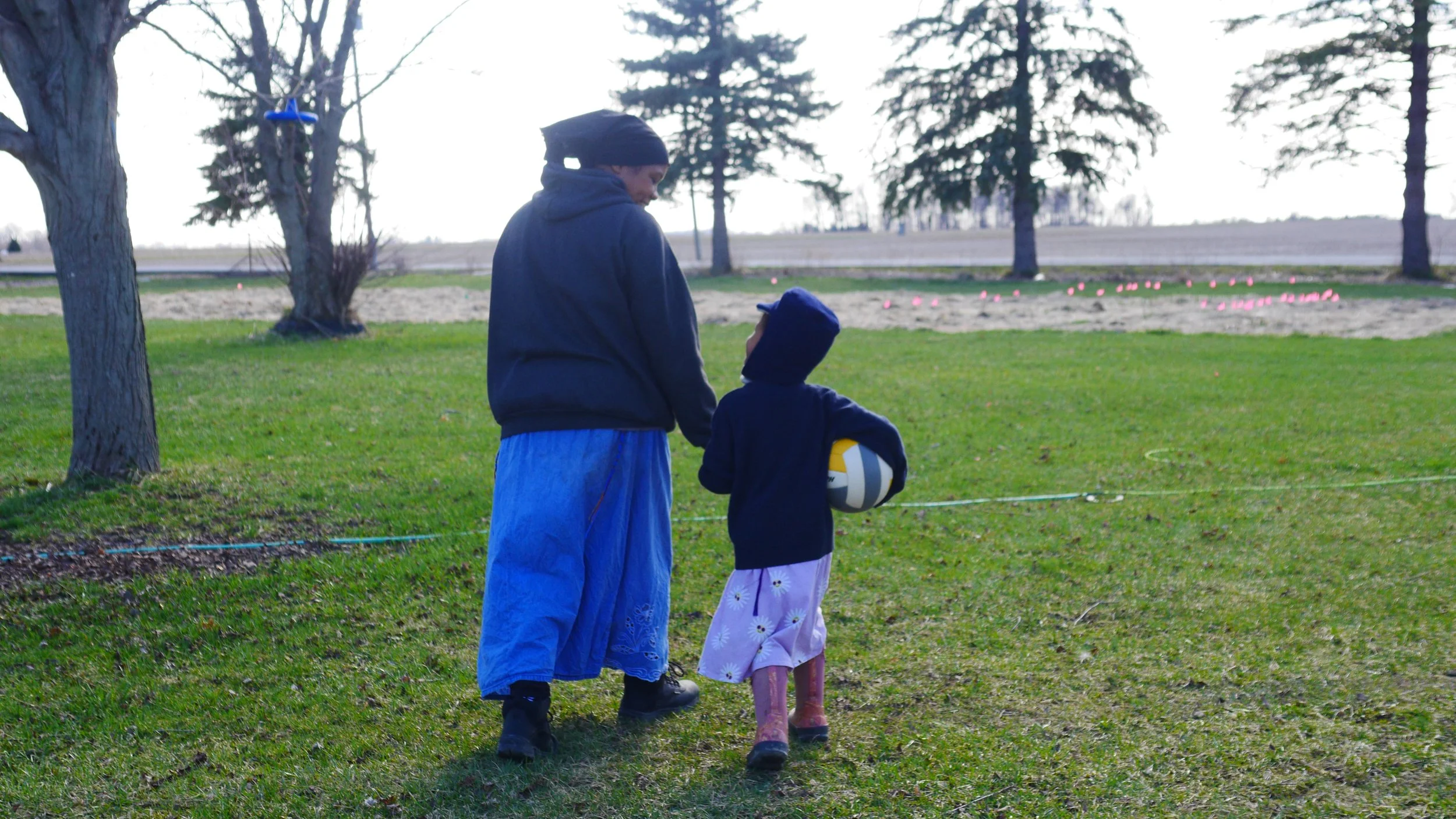
A Spring Afternoon on The Narrow Way Farm
As the cool morning flows into the warm afternoon,
I lace up my black work boots and throw on my comfortable, lightweight farm hoodie.
Walking outside, I pull my leather work gloves out of my pocket and slip them on.
Instead of getting straight down to business,
I stop momentarily when I step onto the grass.
I close my eyes and take a slow, deep breath of fresh spring air.
Head tilted upward, delightful rays of healing sunlight caress my face, and I smile.
I exhale, open my eyes, and walk toward the big gray barn, smile still intact.
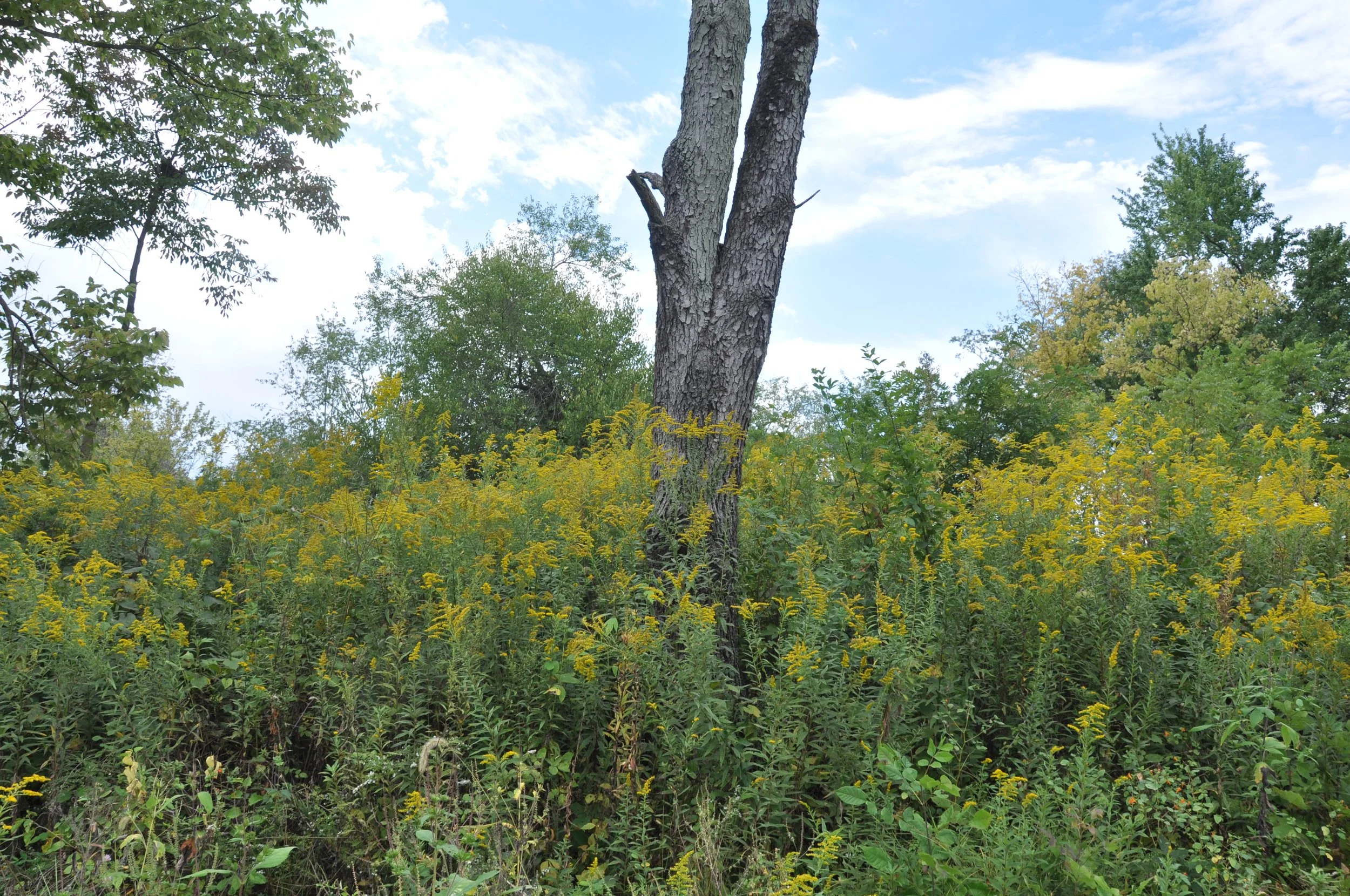
Fall Equinox: Looking at Goldenrod
I look forward all year to the Fall Equinox. I love summer, winter, spring. But fall, the breakdown season, is my favorite. I like to be reminded of endings. And of passages through the darkness to new beginnings.

Community Land Trusts: The Past and Future of a Movement
West Dayton (Ohio) has a rich history of Black-owned businesses and real estate, but decades of disinvestment, redlining, and predatory loan policies have made it challenging for current residents to own or develop property. Despite these obstacles, community members and organizers are working to improve living conditions, address food apartheid, and advance racial justice in the neighborhood. A major victory was reached in 2021 with the opening of Gem City Market, a worker- and community-owned full-service grocery store. In addition to fresh foods, the Market offers cooking classes, a community room, and a mini health clinic.
Organizers are not stopping here. One of the concerns surrounding Gem City Market and related projects is that they will make the neighborhood more attractive to outside developers and lead to gentrification, pushing out long-term residents. To get ahead of this threat, organizers formed Unified Power, a Community Land Trust (CLT) that aims to keep residents in the neighborhood by creating affordable housing and pathways to property ownership….
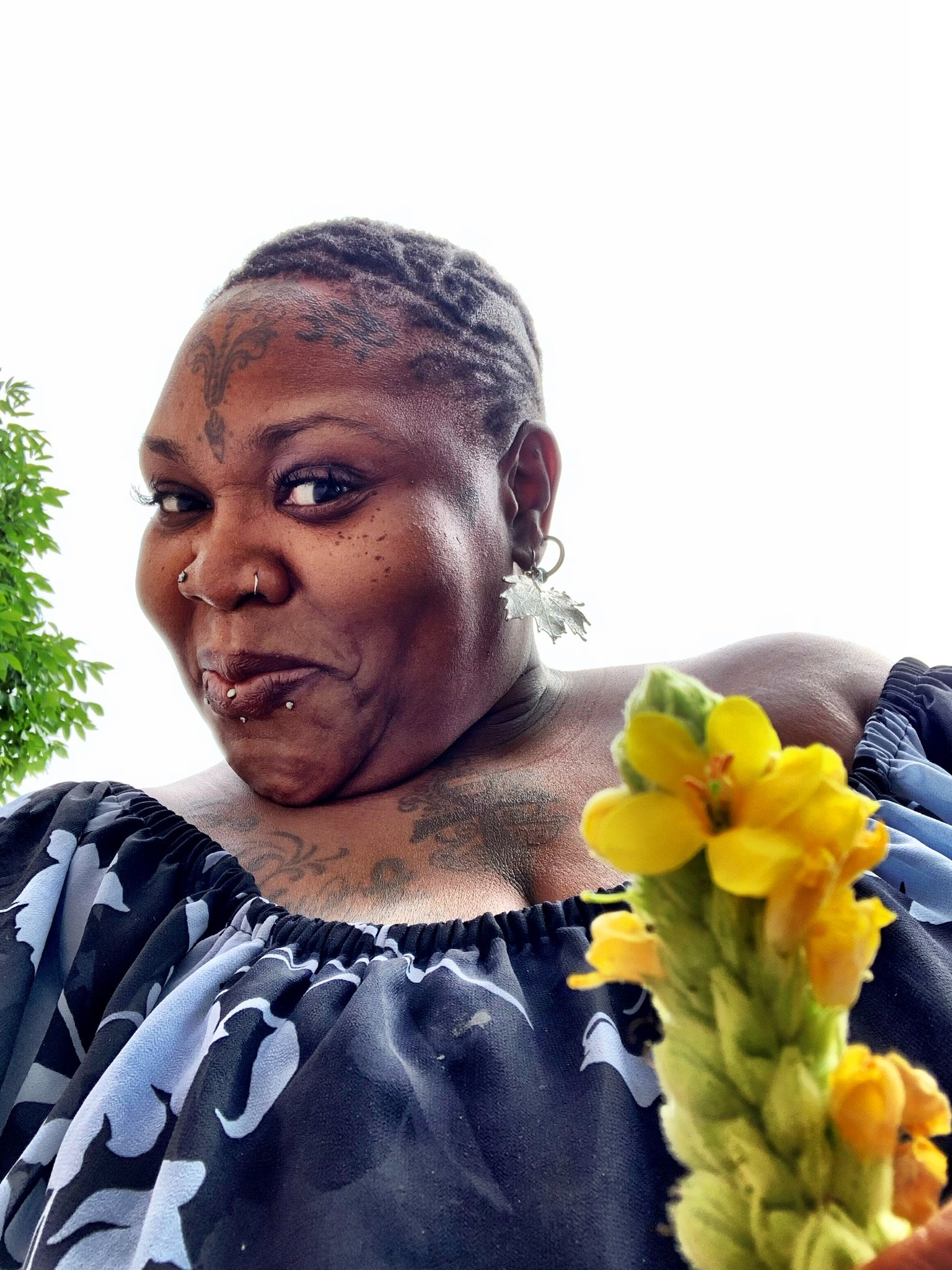
A Journey of Food Sovereignty and Wholeness
There is such a buzz around the ideas of regenerative agriculture and diversity and inclusion that it only makes sense to connect the two as they relate to our everyday experiences with plants, people, and the lands that we steward.
Growing foods that are culturally appropriate within neighborhoods that lack access is a great way to implement diversity in and out of the soil. Edible landscapes are ideal in urban areas that are food insecure with lots of vacant green space available. While regenerating the soils at Lady Buggs Farm, I have discovered the joys of Northeast prairie plant species, pollinators as helpers, and food as medicine. Growing zucchini to reclaim my grandmother’s family zucchini bread is medicine for both body and soul.

Fungi Friday: Mushroom Love Languages
As a mushroom enthusiast, I occasionally receive photos of fungi or mushroom memes from friends and family. It's a small gesture, but it always makes me smile that folks think of me when they see anything related to mushrooms. When a friend who I hadn’t spoken to in a few years recently sent me a photo of an adorable pair of mushrooms earrings made of polymer clay, I thought to myself, “My main love language is physical touch, but I’m starting to realize that receiving mushroom photos from friends is coming in at a close second.”
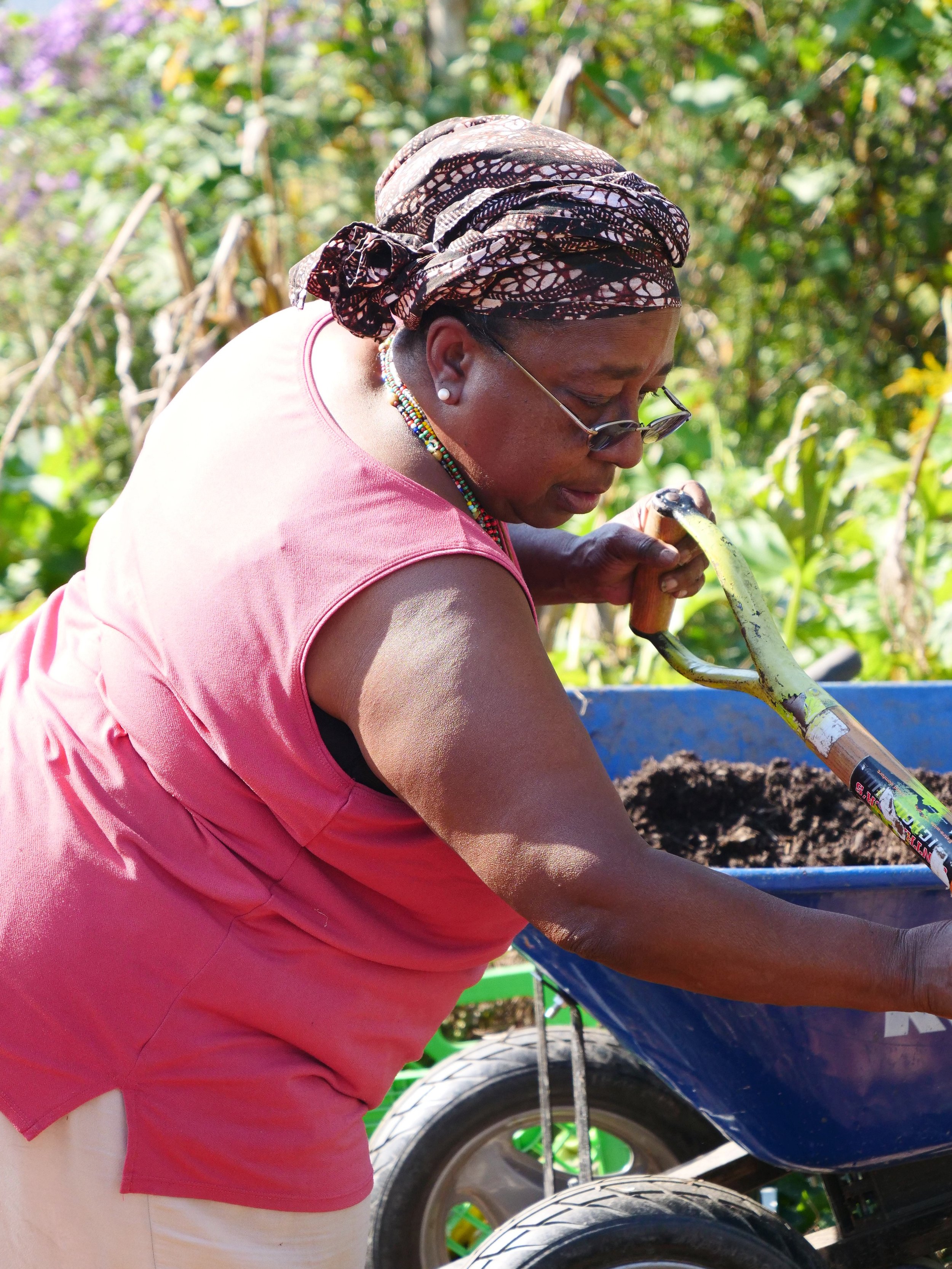
A Call to Teach, to Grow, to ‘Share Earth Wisdom’
As an adult, I lived in Cincinnati for over 30 years, growing a reputation as wordsmith, storyteller and actor. With great hesitancy, I moved to Dayton in 2012, and was “told” that I would work on food issues. I thought that meant I would work on my own body, pudgy after late-life childbearing—and late-night meals. But the move finally made sense during Covid-19 quarantine. While shut up in the house, I pondered what I would regret not having done if “the rona” caught me. My childhood dreams had manifested: traveling abroad performing, my name up in lights and in print.
Then the revelation came: There were no regrets, but the future needed me. I needed to teach others how to grow food, particularly those who grew up on concrete.

Reforesting Agraria: An Interview with The Nature Conservancy’s Devin Schenk
It’s August on Agraria, and The Nature Conservancy is in its second month of work on the Jacoby Creek restoration project, a 10-year, $2 million project to transform our property by re-meandering streams, restoring wetlands and reforesting 60 acres. As the restoration got underway, I spoke with Devin Schenk, The Nature Conservancy in Ohio’s Mitigation Program Manager.

Building Bridges Past Trauma to Reconnect with the Land
I am the daughter of a first-generation American mother and a father one generation removed from slavery. My relationship with agriculture is not one shared by many of my colleagues at work. Like the student in my class, I too have associated farming with menial work and the enslavement of Black people. But years of learning and unlearning have helped change that perception and heal my relationship with agriculture. I began to see the beauty in the power of a seed. How something so small held the power to exponentially impact the world, if only nurtured.

Fungi Friday: The Wood Ear
Let’s talk about jelly fungi! These types of mushrooms have a gelatin-like consistency and can be shapeless or shaped like cups. During dry periods, jelly fungi become rather hard, but after a decent rain, they return to their original gelatinous, rubbery texture. The only type of jelly fungus that can be found in the wild as well as in the grocery store is the wood ear mushroom (Auricularia auricula).

Centering Black Farmers in the Search for Racial Justice
We’re currently living through truly compelling times. Across the nation, discourses focusing on racial inequities, climate change, economic disparities, and lack of access to adequate health care (to name a few) have gained enormous traction as tools for analyzing prevailing conditions and as lenses through which to find new solutions.
Non-profit organizations, for-profit businesses, and public institutions are — at least for now — asking themselves what they can do to address these manifestations of oppression. Grassroots organizers, southern courtrooms, and elected officials are also grappling with this change, as they seek out ways to navigate the new terrain. It feels as though meaningful progress is within reach, yet we’re also witnessing a surge in reactionary white supremacist authoritarian forces that use everything in their power to resist it.

Tuning Into The Future
In many spiritual and cultural traditions, the earth and its inhabitants form a sentient and symbiotic network, dependent on one another’s tending for health and wellbeing. The murmurs and whisperings of trees and plants, water and wildlife serve as warning signals when imbalance is detected. When these warnings go unheeded, they become louder and more persistent. Today’s firestorms, tornadoes, volcano bursts, floods and droughts are speaking an unmistakable language of planetary disruption that needs to be heeded if we are to survive.

A fragile hope
I can’t decide if things are really as bad as they seem, somewhat better, or somewhat worse.
My perception may be skewed. The view out my window is lush and green, birds and butterflies dart, gardens are bursting and my kitchen is full of fresh produce. I also know that the hardship and worry is real for so many, including those across the planet struggling to feed their families and pay their bills, those dodging bombs and heat waves.
From my vantage point, living in a small community of caring souls who hold each other up, I feel buffered from the worst. I watch my young children, an evolution, understanding the world in ways it took me decades to, teaching me how to love and nurture life. I work with like-minded folks toward a mission of regenerating land and connecting people with Earth. It’s good, meaningful work, and the fruits of our labor — in healing landscapes and people — are so sweet.

Fungi Friday: Cordyceps, the Zombie Fungus
It’s Friday morning and as I sit here sipping my Four Sigmatic Cordyceps Elixir, I am more motivated now than ever to get into the woods this weekend. Earlier this week, I attended The Secret Lives of Fungi webinar which was hosted by the Lloyd Library & Museum in Cincinnati. Britt Bunyard, mycologist and author, presented a lecture which included incredible stories and beautiful photos of fungi featured in his newest book, The Lives of Fungi, A Natural History of Our Planet's Decomposers.
During his lecture, Britt noted that Cordyceps could possibly be the most common fungus in the world, and that now is an excellent time to look for Cordyceps in southwest Ohio. This got my brain buzzing because I personally have never come across them in the wild, but I also don’t think I ever purposefully sought them out on a hike. (The photo in this blog is a stock photo, but hopefully someday soon I will be able to add a personal photo to my collection!)

Reconnecting to Ancestral Heritage: Black Farming in the Here and Now
In 1931, there were 480 Black farmers in Greene County, Ohio, where Agraria is located, according to a farm survey done by an Ohio State University student for his master’s thesis.
The story is starkly different today. According to the 2017 USDA Census of Agriculture, there were no Black farmers in Greene County. Or at least none recorded by the census. The numbers state- and nationwide tell a similar story of loss and decline, due in large part to racist and discriminatory government policies and practices, as well as harassment and violence, that drove Black farmers from their lands and livelihoods.





